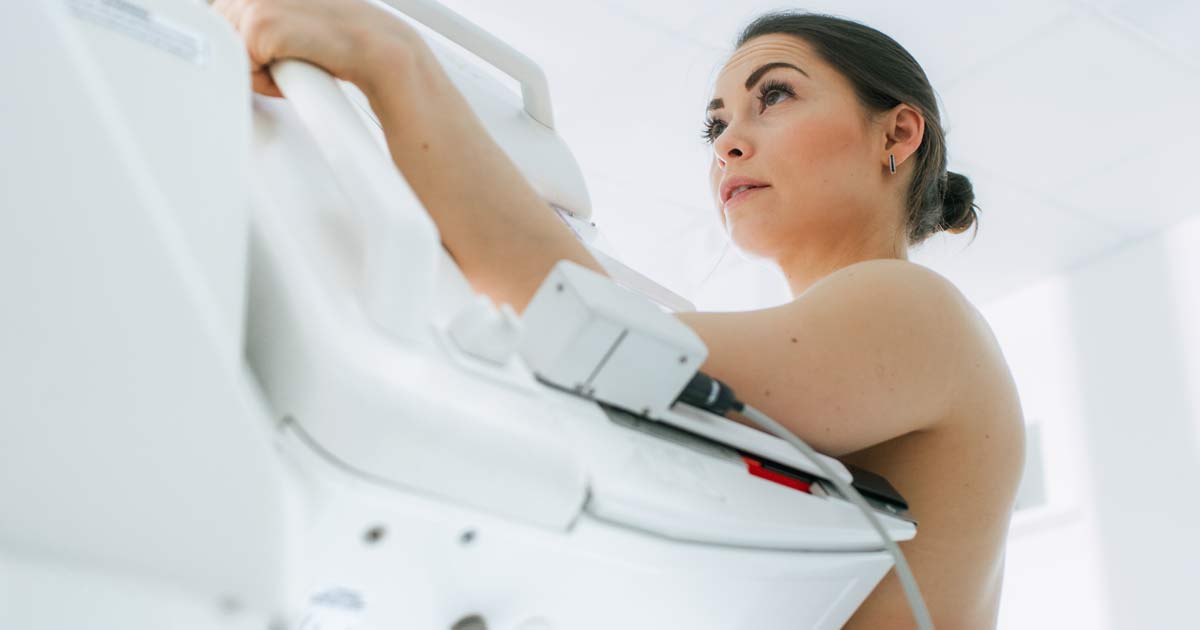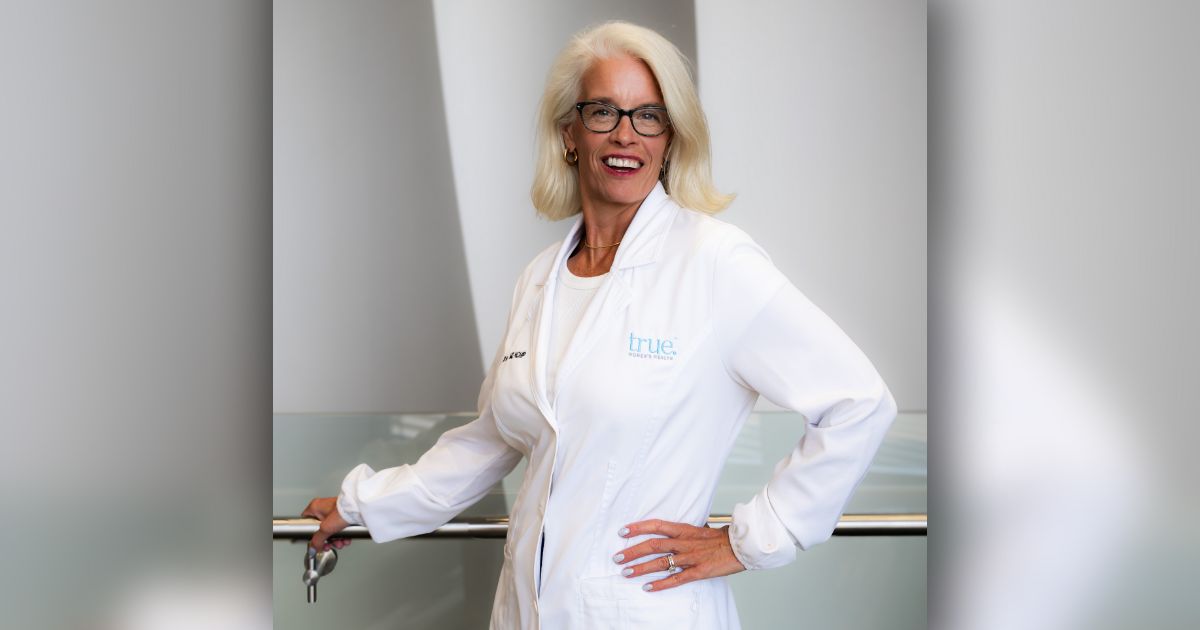Several years ago, I received an unnerving phone call from my OB/GYN, notifying me of a questionable area on my mammogram and requesting a breast MRI for further diagnosis. I endured the breast MRI which, thankfully, confirmed I was cancer free.
The less-great news: I'm in the one in 10 category of women whose breasts are categorized as "extremely dense," increasing our likelihood of getting breast cancer and, simultaneously, making that cancer more difficult to detect with a traditional mammogram.
What Are Dense Breasts?
In part, our breasts are composed of glandular (dense) and fatty (non-dense) breast tissue. Doctors categorize four levels of breast tissue density, based on the ratio of glandular to fatty tissue. In the latter two categories, your breasts are considered dense.
- Almost entirely fatty tissue
- Scattered areas of fibro-glandular density
- Heterogeneously dense
- Extremely dense
So What?
On a traditional 2D mammogram, non-dense tissue appears dark; dense tissue appears white, as does breast cancer. "The more white we see on the mammogram, the harder it is to see something that could be concerning," explained Amy Goebel, FNP, Spectrum Health High Risk Breast Clinic.
What Next?
The 2D mammogram doctors recommend we receive annually, beginning at age 40, is used to screen for potential problem areas. If you have extremely dense breasts or are among the 4 in 10 women with heterogeneously dense breasts, 2D mammograms are more difficult to interpret. "In that case," said Jamie Caughran, M.D., FACS, Breast Surgical Oncology, Mercy Health, "your physician may recommend a tomosynthesis mammogram."
Tomosynthesis
With tomosynthesis, the x-ray collects several images and a computer stacks them, creating something like a 3D image. "Because it rotates through the breast tissue, we see multiple slices and we'll detect more cancers," said Dr. Caughran. "To me, if you're in the dense breast category, at a minimum you should have one 3D mammogram per year."
Tomosynthesis, a type of mammogram, does expose you to radiation, but the amount is minimal. "The benefit of doing the screening far outweighs the risk," said Goebel.
Diagnostic Tests
If your doctor sees something potentially concerning on your mammogram, she'll likely recommend diagnostic testing. That may be as simple as another mammogram or could include several other diagnostic tools.
Breast MRI
A breast MRI requires an injection and uses magnets to create images of your breast. "The breast MRI is the most sensitive test we have," said Caughran. "It's going to outperform every other test."
Breast MRIs also carry a higher likelihood of finding false positives, areas of concern that aren't actually cancer. You'll probably want to reimage or biopsy them, adding time, cost and worry to the process.
Breast Ultrasound (Reflection)
A traditional breast ultrasound uses reflective sound waves, so there's no radiation exposure and no injection. Like a breast MRI, an ultrasound is more likely to identify areas of concern that are non-cancerous. "There is a risk of false positives that leads to additional imaging," said Goebel, "but it's pretty low."
Breast Ultrasound (Quantitative Transmission).
The QT ultrasound scan is a relatively new 3D technology, FDA-cleared as an ultrasound breast imaging, but not as a screening mammography replacement.
"Different imaging modalities have different strengths and weaknesses. By using more than one, we can get more information about what's going on in your breasts," said Meg Donigan, President of QTbreasthealth, which recently opened an imaging center in Grand Rapids.
Molecular Breast Imaging (MBI)
"With molecular breast imaging, a special radioactive dye is injected into your body. Then we take pictures of your breast tissue to see how much metabolic activity is in the breast," Caughran explained. While it's an effective diagnostic test, it carries a relatively high radiation dose and is used less often.
Bottom Line
If you have dense breasts, there's no one-size-fits-all answer.
While you can't control risk factors such as age, family history, or dense breasts, you can get annual mammogram, do your monthly self-exams, know what's normal for your breasts, and discuss your risk factors with your doctor.
It's important to take care of the tatas, ladies. The only sure thing about breast cancer is that early detection is a proven to reduce our risk of dying from it.
Surely that's worth copping a monthly feel and enduring an annual squeeze!
Worth Noting
Women younger than 50 comprise 20% of those diagnosed with breast cancer.
Insurance coverage varies: Check yours!
Mercy Health's MammoPlus program includes a risk assessment with every mammogram.
Kirsetin Morello is a Michigan-based author, speaker, writer, travel-lover, wife and grateful mom of three boys. Read more about her at www.KirsetinMorello.com.
This article originally appeared in West Michigan Woman.




